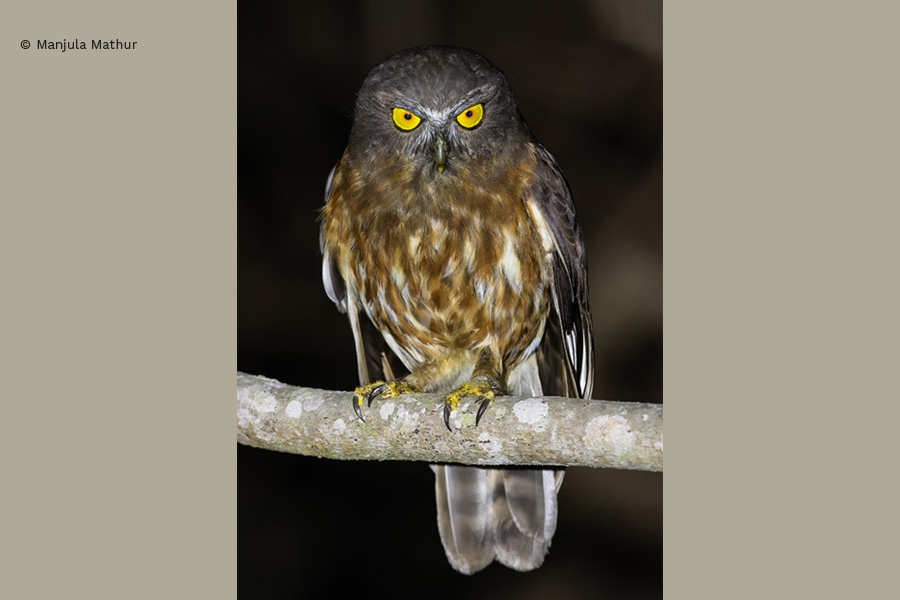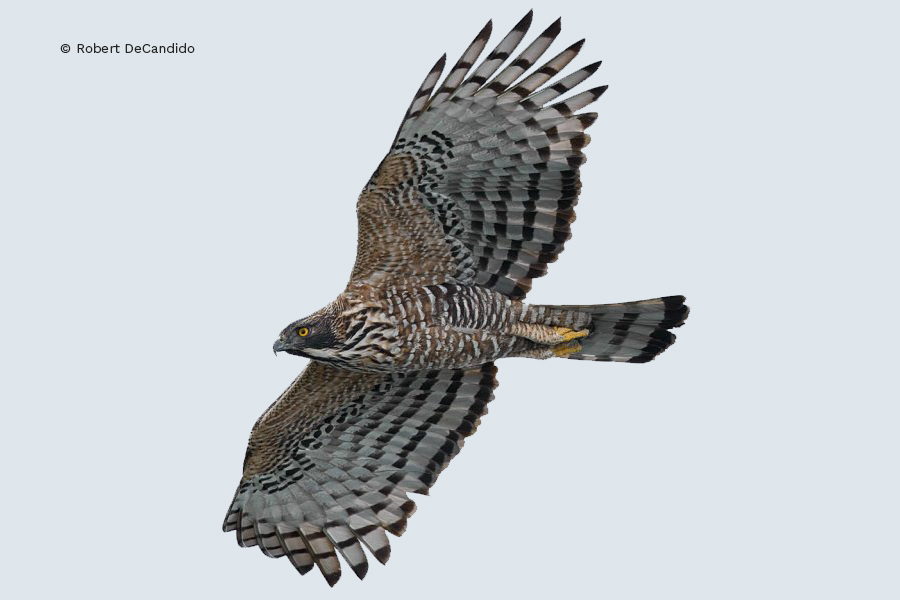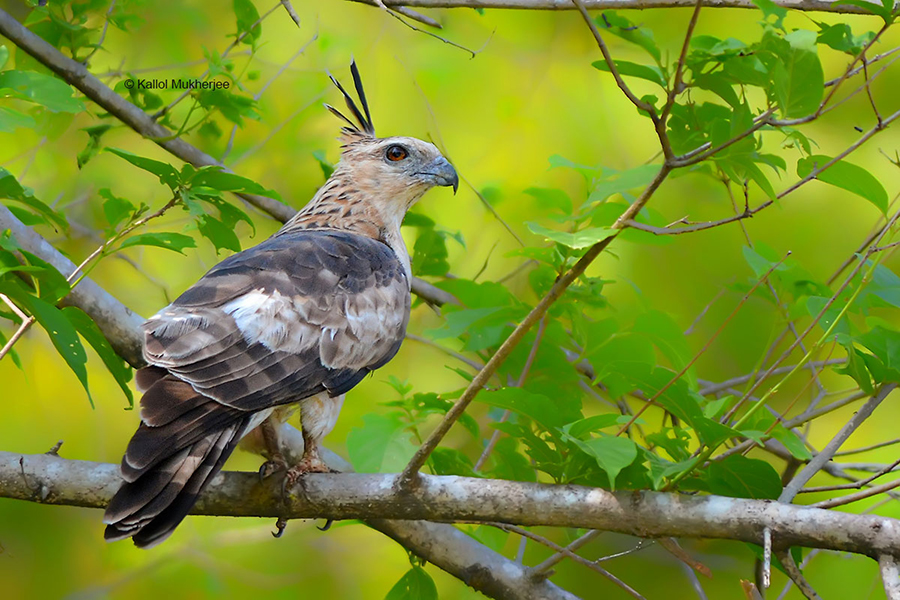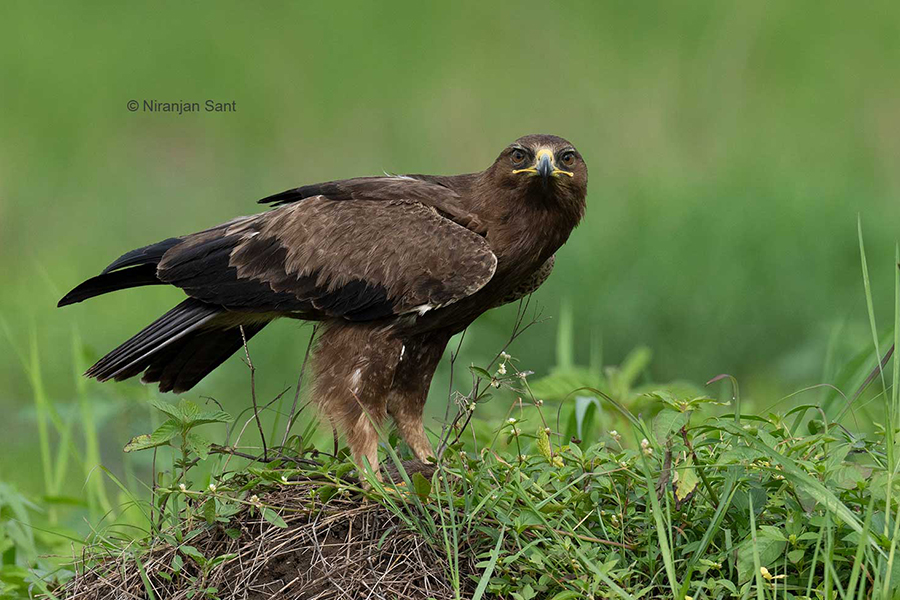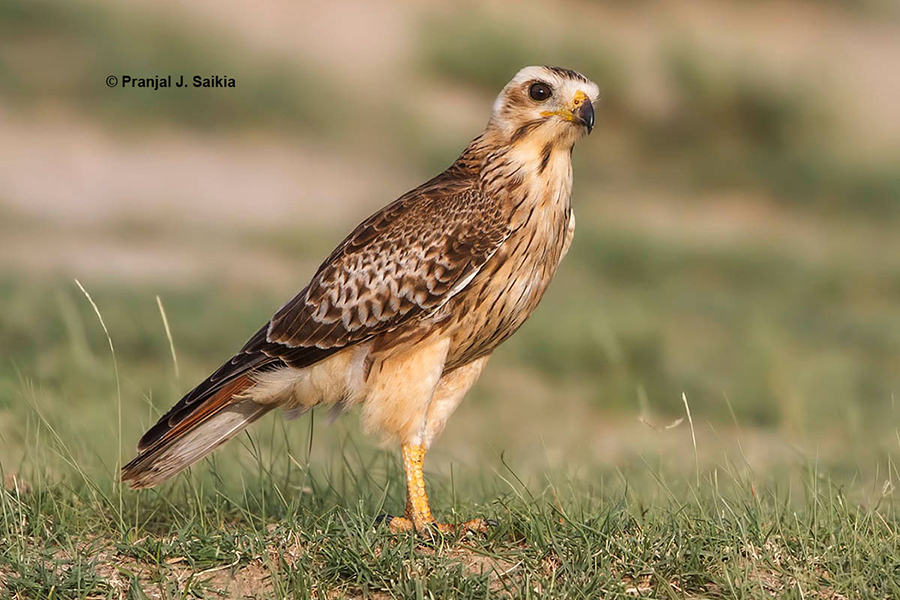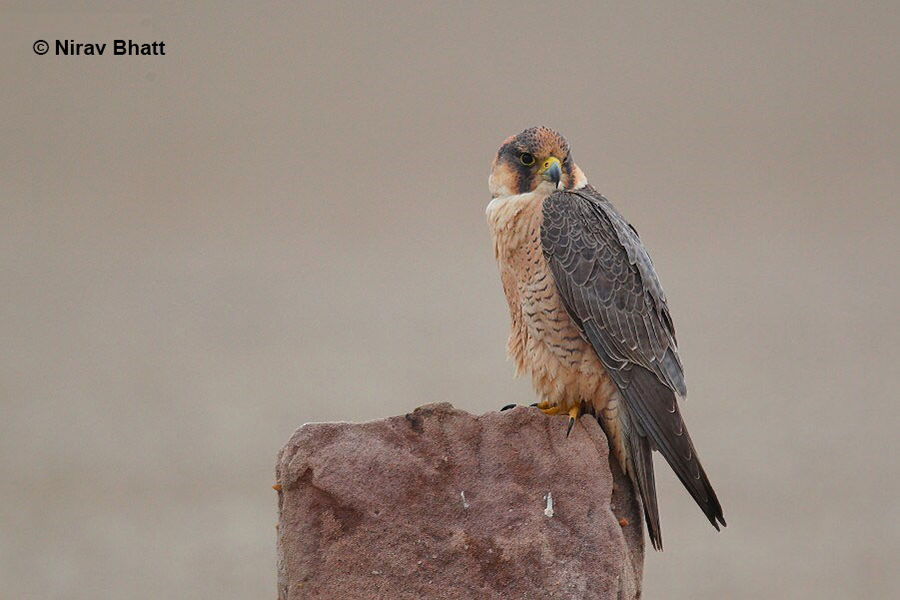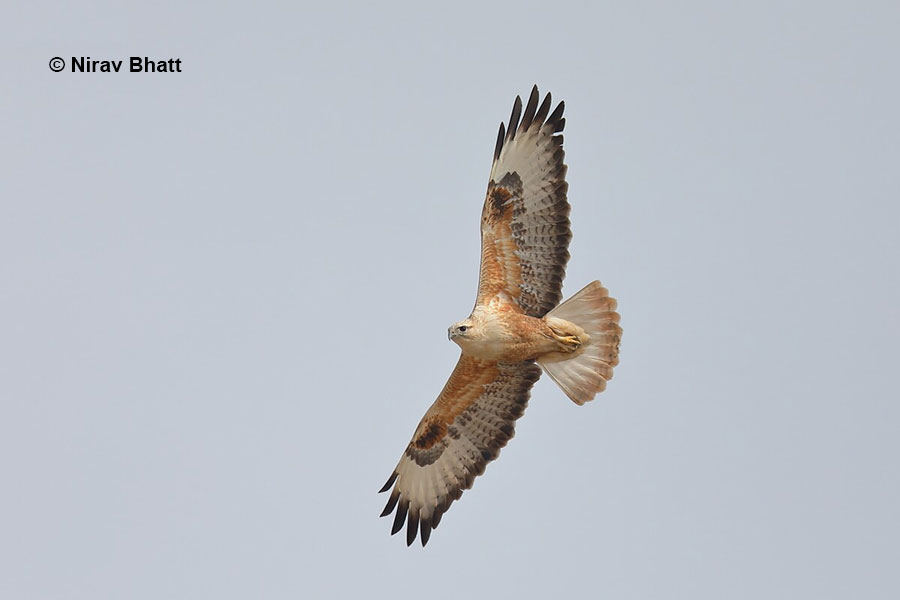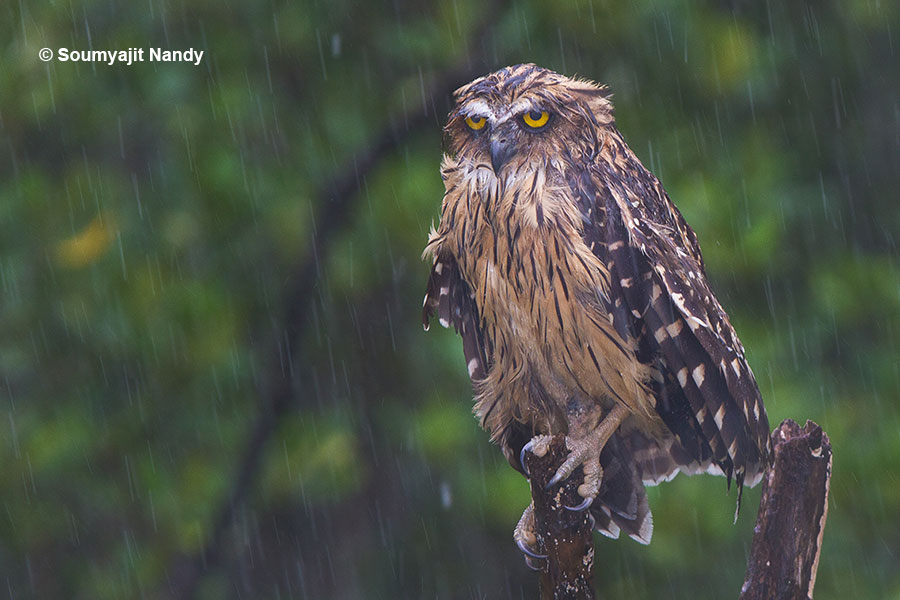RAPTOR RESEARCH AND CONSERVATION FOUNDATION
Sultans of Wings: Understanding Raptors of India” presented at the Indian Wildlife Ecology Conference 2024, Bengaluru, Karnataka 14th-16th June 2024.

For the first time the Foundation was able to bring many raptor researchers in the country together by sponsoring their participation at Indian Wildlife Ecology Conference 2024 held in Bengaluru 14th-16th June 2024. The raptor session was divided into two parts: Speed Talks on the first day and an Open Session on the second day of the conference. Read More…
New Projects
Forest Owlet Conservation Project in northern Western Ghats- Dangs, Gujarat” awarded to Wildlife Conservation Society India, Bengaluru.
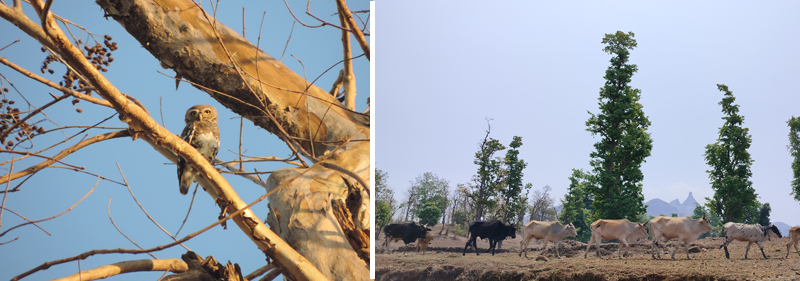
The forest owlet (Athene blewitti) is a rare, small-sized and diurnal owl endemic to India listed as Endangered in the ICUN red list. It is legally protected under Schedule-I of the Wildlife (Protection) Act, 1972. The forest owlet was considered extinct for about 113 years before being rediscovered in Khandesh, Maharashtra in 1997. Its geographic distribution is limited to Central India and the Northern Western Ghats with documented records at only five locations in India. It prefers open dry deciduous broad-leaved forests interspersed with agricultural fields or clearings.
The Forest Owlet Conservation Project at WCS-India focuses on understanding population status, distribution and breeding biology of the forest owlet. The project also emphasizes stakeholder mapping, raising awareness, and developing local capacity to preserve the species and its habitat. Our study area is in the Dangs, a district situated in south Gujarat bordering Maharashtra, which forms a part of the northern Western Ghats. The landscape lacks long-term ecological studies and has seen several local extinctions due to hunting and habitat loss. The discovery of the forest owlet has sparked conservation interest, and recognizing the forest owlet as a flagship species is crucial for the conservation of other flora and fauna in the landscape. We aim to create a comprehensive Conservation Action Plan at the landscape level to ensure long-term persistence of the species in the northern western Ghats.
New Projects
Conservation of Forest Owlet through Ecological Research and Multi-stakeholder Engagement in Madhya Pradesh

We are glad to announce that we continue our quest and effort for protecting India’s only main land endemic and endangered owl species, through one more project in Madhya Pradesh in collaboration with Dr Prachi Mehta and Mr. Jayant Kulkarni from Wildlife Research and Conservation Society (WRCS) Pune. The Forest Owlet population in the proposed project area is found in the Reserved Forests of Khandwa and Burhanpur Districts. The Reserved Forests are also being utilized by for timber harvesting by the Forest Department and the local community use the forests for fuelwood collection, livestock grazing and wood cutting. Considering the endangered status of the species, it is imperative to protect its habitat from further degradation. The proposed study aims to monitor the Forest Owlet population in Khandwa and Burhanpur sites, assess the breeding success, and study the movement patterns of the Forest Owlet in the area. Another vital component of this project is to analyse the relationship between population genetic structures and landscape features. Globally, human-induced environmental changes are impacting forest connectivity resulting in habitat loss and habitat fragmentation for nearly all taxonomic groups. Through this study, WRCS will investigate Forest Owlet population connectivity using landscape genetics. This aspect of research will be carried out entirely by Dr Uma Ramakrishnan, Molecular Ecologist from NCBS, Bangalore, who will be a collaborator on the project.
WRCS will also be examining the genetic connectedness of this unique owl species by working in close association with the Forest Department and the local communities to implement the measures that will reduce biotic pressures on the Forest Owlet. The overall goal of the current project is to protect the habitat of the Forest Owlet by integrating ecological research, suitable forestry management model and sustainable resource use practices to formulate a conservation strategy for the species in central India.
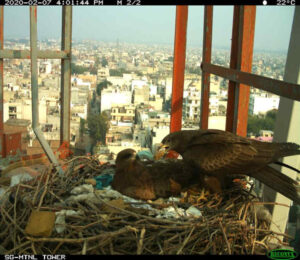
BLACK KITE – A ubiquitous urban raptor
We take you to a world of kites, wheeling above our cities and towns living in close proximity with man.
Dr Nishant Kumar and Ms Urvi Gupta describe their work on this commonest Indian raptor. It started out as the subject of a master's dissertation for Nishant Kumar in 2013 and subsequently, developed into a full-blown scientific study leading to tagging of the migratory Black-eared Kites and analysing thousands of images from camera deployed at nests of Black Kites. The Raptor Research and Conservation Foundation (RRCF) has been providing funds to the Wildlife Institute of India (WII) in Dehradun. Read More…
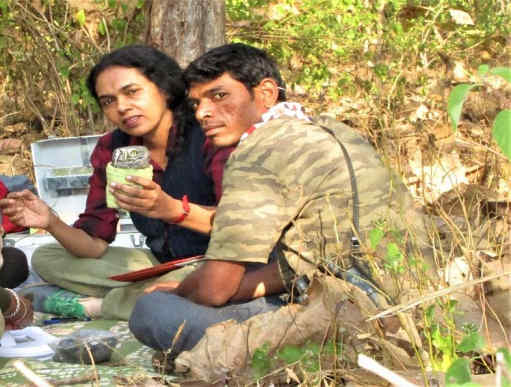
The Science of Owls
Explore the world of owls with Dr Prachi Mehta.
Owls are considered to be highly evolved birds of prey with unique adaptations for being active during the night, surviving in a niche they have specially carved for themselves. Owls provide special ecosystem services to farmers by feeding on agricultural pests, earning the title of friends of the farmers! This research is providing fresh insights into its ecology and reveals several unknown aspects of owl behaviour leading to novel research and conservation initiatives as well as strengthening our efforts in protecting their habitat. The Raptor Research and Conservation Foundation, Mumbai has been supporting long-term research and conservation of owls in Central India. Read More…
Dr. Ajith Kumar
It is with great sadness that we inform you of the sudden and untimely passing away of our Scientific Advisor, Dr. Ajith Kumar while he was on a field trip with his students. Read More…
HEARTENING NEWS for VULTURES!
The Ministry of Health and Family Welfare, via Gazette Notification has banned the manufacture and sale of Ketoprofen and Aceclofenac. Read More…
Vulture News:
Minutes of the 89th Meeting of Drugs Technical Advisory Board held on 10th May 2023 at DGHS, Nirman Bhavan, New Delhi. Agenda No.4 Consideration of proposal for ban on the vet drugs KETOPROFEN and ACECLOFENAC for treatment of livestock animal to conserve VULTURES. Read More…
Tolfenamic acid appears to be another safe veterinary drug for vultures. According Saving Asia's Vultures From Extinction (SAVE) "it is hugely significant that a systematic safety testing study led by the Indian Veterinary Research Institute (IVRI) with the Bombay Natural History Society (BNHS) and the Royal Society for the Protection of Birds (RSPB) has identified tolfenamic acid as the second confirmed vulture-safe NSAID after meloxicam." Tolfenamic acid is already licensed and produced by a number of different Indian manufacturers.
Research Opportunities
Demography and Population Dynamics – Population estimates based on correct identification (aging and sexing from plumage can be a difficult task) and census/survey techniques for professional surveys or habitat-focused surveys; raptor diversity, distribution and abundance; studying raptor niches (e.g., fishing eagles in riverine habitats, owls in thickly wooded patches), survival and longevity, etc.
Breeding Dynamics – Our scientific knowledge is limited even for common raptor species and hardly any information is documented for raptors, such as those inhabiting dense forests and mangroves. Detailed studies are required on courtship, mating, nest size, clutch size, incubation, brooding, daily food requirements, parental role, hatchling success, brood sizes, survival rates, recording number of breeding pairs, etc.
Migration Studies – Our knowledge of migrating raptor species is very limited which means we don't know how many migrate, when do they migrate, are there any specific routes: high mountain passes, through valleys, routes along the shore lines? As they scatter further into India, where do they feed and forage, do they remain in the same area or move again. At some point of time in the future and as we gain more information on their migration patterns we will have observation stations where regular raptor counts can be done during the migratory season. This provides an ideal opportunity where public participation will be welcome.
Study flight paths, speed, altitude, mode of flight, mortality, effects of hunting, trapping on the routes, resting or stopover points, roost sites, and final wintering sites; interaction between resident and migratory species. Identify and establish main migration routes: vulnerable stretches to be targeted for protection, inventory of stop-over resting points, roost sites, and final wintering refuges and sites; determine hunting and trapping on the routes.
Other aspects such as territory size, territory permanence, habitat quality and determining minimum areas required in biotopes, such as forest, grassland, wetland to support raptors; energetics; assessing food requirements; facets of predation. Avian genetics and identifying environment toxins.
Raptor Research and Conservation Foundation Scholarship
Are you interested in availing of a Raptor Research and Conservation Foundation Scholarship? We can fund your field work or your entire master's course. Write to us or ask your university to approach us with your project proposal and details of your syllabus.
SAVING VULTURES – Health Ministry Notice *
The Government of India issued a gazette notice effectively restricting usage of Diclofenac production for human formulations in a single 3ml dose only. Diclofenac is an inexpensive non-steroidal, anti-inflammatory drug (NSAID) and is effective for treating pain and inflammation in cattle and humans but is toxic for vultures. Hopefully, strict control leads to a complete ban on this NSAID being used for treating cattle.
Covid-19 Pandemic
In light of the Indian Government's recent circular on the sudden spurt in Covid cases witnessed in China, Japan, Republic of Korea, USA and Brazil, its public health authorities have increased its vigilance in tracking and monitoring SARS-CoV-2 variants in India. Raptor Research and Conservation Foundation (RRCF) again cautions its grant recipients and their team members to obey all safety instructions from local district administrations and forest departments, and to maintain safety protocols at all times.
TRUST Certificate bearing No 46479 dated 26.03.2014 to Raptor Research & Conservation Foundation.
Registered office (R.O.): Raptor Research & Conservation Foundation, Plant 11, Pirojshanagar, Vikhroli, Mumbai – 400079.

